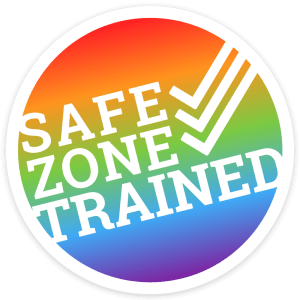What Boredom Will Teach You About Self-Love
If you are a tween or teen or the parent of tween or teen who has uttered these words “I’m bored”, read on.
Have you been thinking this? Feeling this? Or, saying this lately?
Dozens of my clients are struggling with feeling unmotivated, lacking excitement in life and feeling down a lot of the time. Covid isolation and the domino effect of changes has been a drastic 180° for many activities and routines that guaranteed some sort of social interaction.
If you’re wondering what you should do to overcome this feeling, check out the 7 boredom busters below :

Photo by Canva
Hobbies:
What kind of hobby do you enjoy? Is there something you’ve been thinking of learning or trying? Pinterest, Etsy and YouTube are some great places to find ideas of things to try. You don’t have to obsess over it or even perfect it, it’s about trying something and discovering what you enjoy.
Routine:
routine might sound like the root of boredom, same thing all the time…..Boring! Well turns out that some amount of routine actually helps with boredom!
If you have a solid routine on some of the basics (sleep, hygiene, exercise), it frees up brain power to focus on things that are fun and creative like new adventures. Also, having predictable routines in the areas of exercise, nutrition, sleep, and hygiene help boost your feel good endorphins- and a brain that is feeling calm and feeling good is much less likely to feel bored.
Mindfulness:
Practicing mindfulness and becoming aware of your thoughts and feelings in the present moment can help you better understand your boredom. Being bored is the surface state, but a curious deep dive may allow you to discover if it’s about feeling lonely, disconnected, unmotivated, tired, etc.
The more you know and name your experience, the less power it has over you and the more it leads you to knowing the action and choices needed to change the feeling.

Photo by Canva
Creativity:
If boredom is a lack of something, then creativity is the opposite. Music, games, art, reading, challenges, anything that gets the right side of your brain engaged can be great for ending boredom. So grab your markers, paint, headphones, a good book and let creativity in.
Get to know Thy Self:
I am aging myself big time here, but reading teen magazines back in the day (yeah like the paper kind) and filling in those quizzes to know more about what kind of friend I was or what was my dating style was always interesting.
I would always take the results with a grain of salt, but there was usually something I could relate to that helped me learn a thing or two about myself. Take some time to get to know who you are!

Photo by Canva
Get to know Thy Roommate :
Spend time with your roomies. Your roommates, whether they are mom, dad, siblings, or other, can be a source of boredom no more. Get to know them a little better by joining them during an activity or asking them questions. It might be interesting to learn about a hidden talent, memory or story that you didn’t know before.
Laugh:
What makes you laugh? I mean belly moving, watery eyes, laugh? Laughter releases feel good endorphins that are sure to help in those moments of boredom. You could try laughter yoga, comedy shows, try not to laugh videos, pranks, hanging out with a funny friend- let the laughter flow.

Being bored can be a fantastic thing.
It can spring you into action to resolve the feeling and it is where the most creative and fun ideas are born.
If you found this post helpful, pass it on by emailing a friend or sharing it on Twitter or Facebook- Thanks!
– Chantal Côté, R.Psych, Pyramid Psychology- helping older children, teens, and young adults learn how to build bulletproof mindsets

Chantal Côté (she/her) is a psychologist and teen life coach living in Calgary, Alberta. After over a decade in non-profit and community mental health, Chantal started Pyramid Psychology, a practice dedicated to supporting teens – a population she is constantly amazed by. Chantal is on a mission to help 100,000 teen girls (and their parents) build bulletproof mindsets so they can weather the ups and downs of life. As part of this goal, Chantal has had the privilege of speaking at various events – virtual and live – to support teens and parents.
Outside of this passion, Chantal is often in nature, writing poetry, playing ball hockey and hanging out with her loved ones.
Each week, Chantal writes a blog article in response to issues she hears from the parents and teens she connects with.
If you have something you’d like to read more on – email ideas and questions to info@pyramidpsychology.com or DM us via Instagram or Facebook.















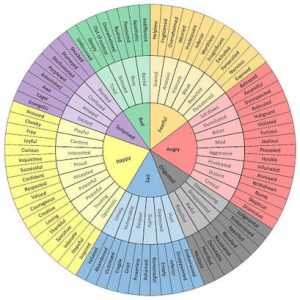

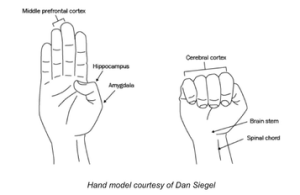


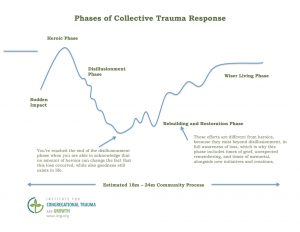



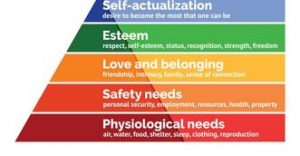

 Chantal Côté (she/her) is a psychologist and teen life coach living in Calgary, Alberta. After over a decade in non-profit and community mental health, Chantal started
Chantal Côté (she/her) is a psychologist and teen life coach living in Calgary, Alberta. After over a decade in non-profit and community mental health, Chantal started 
















































